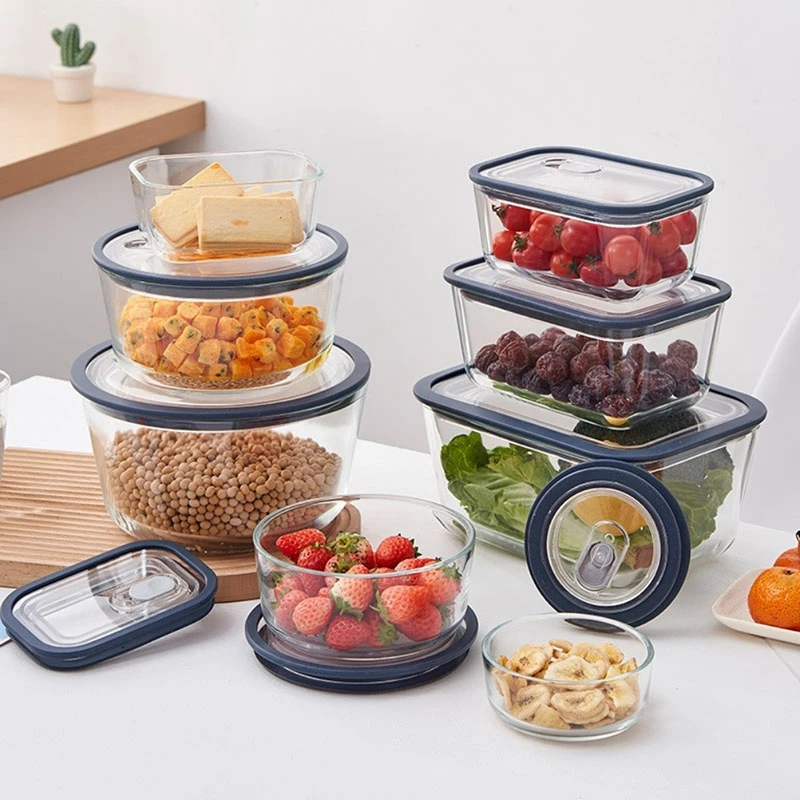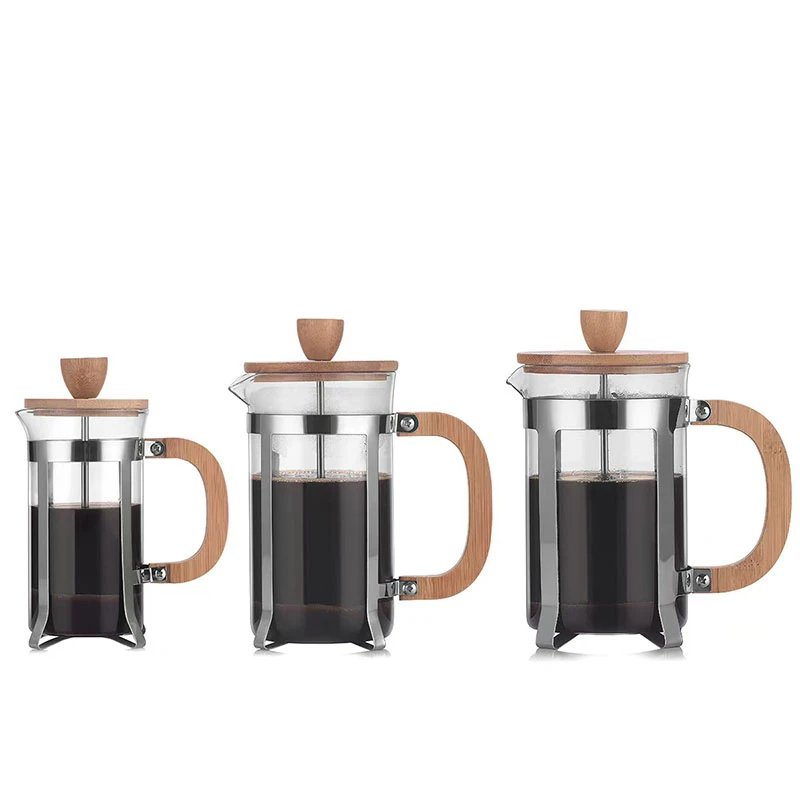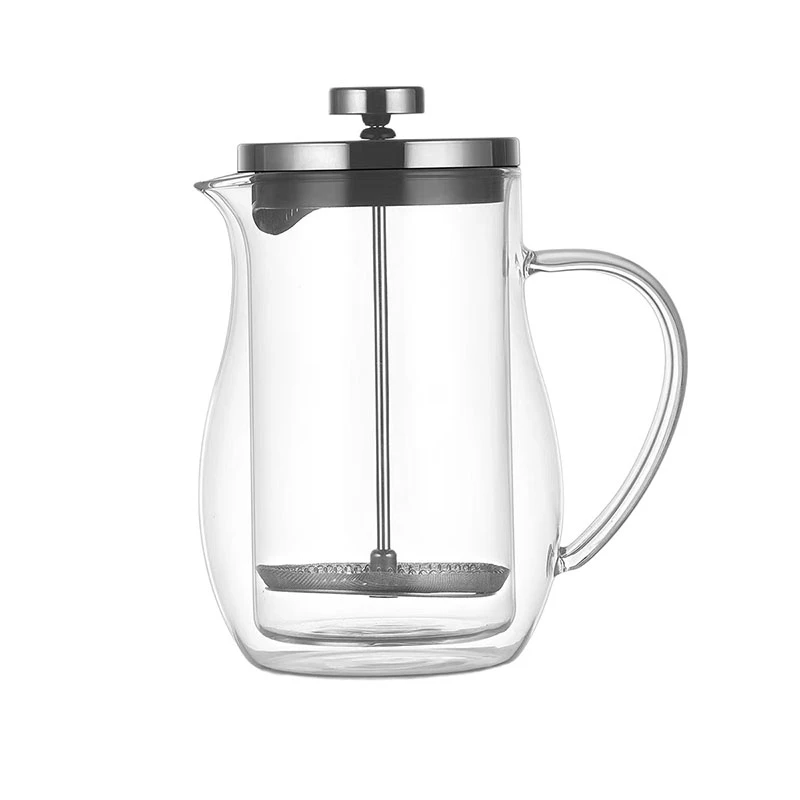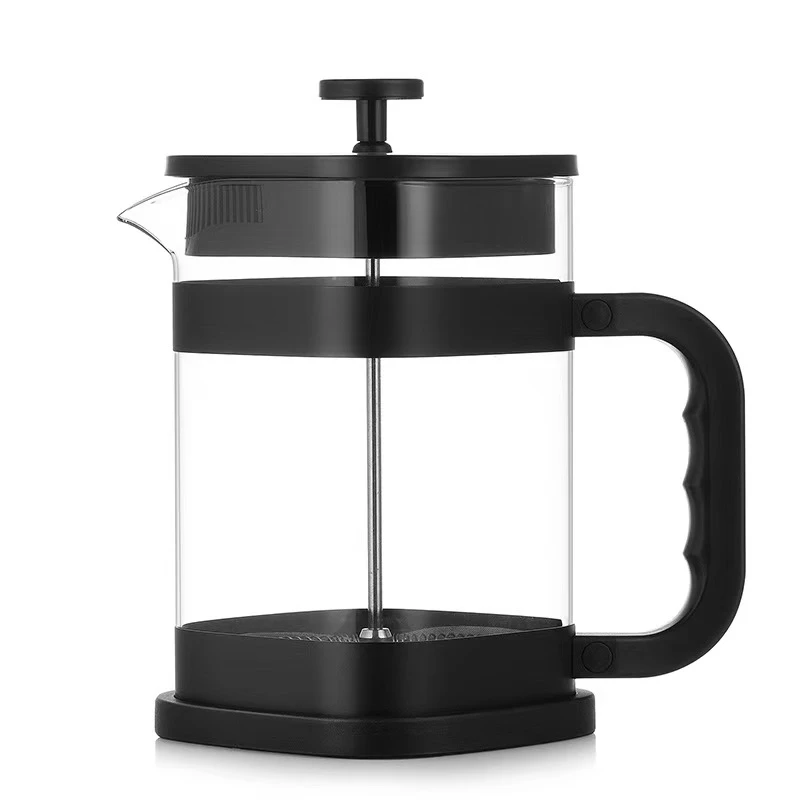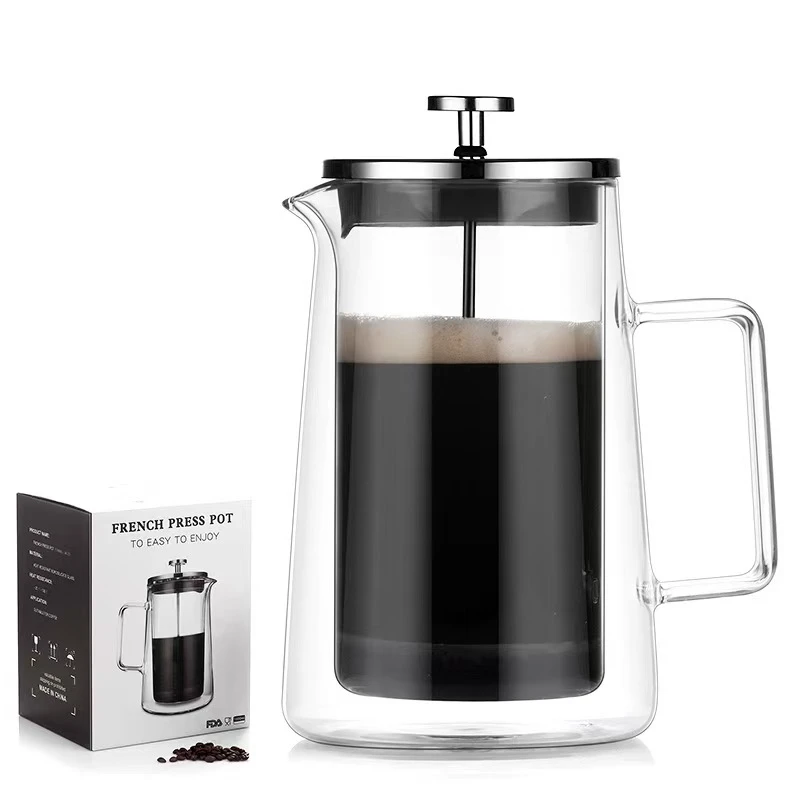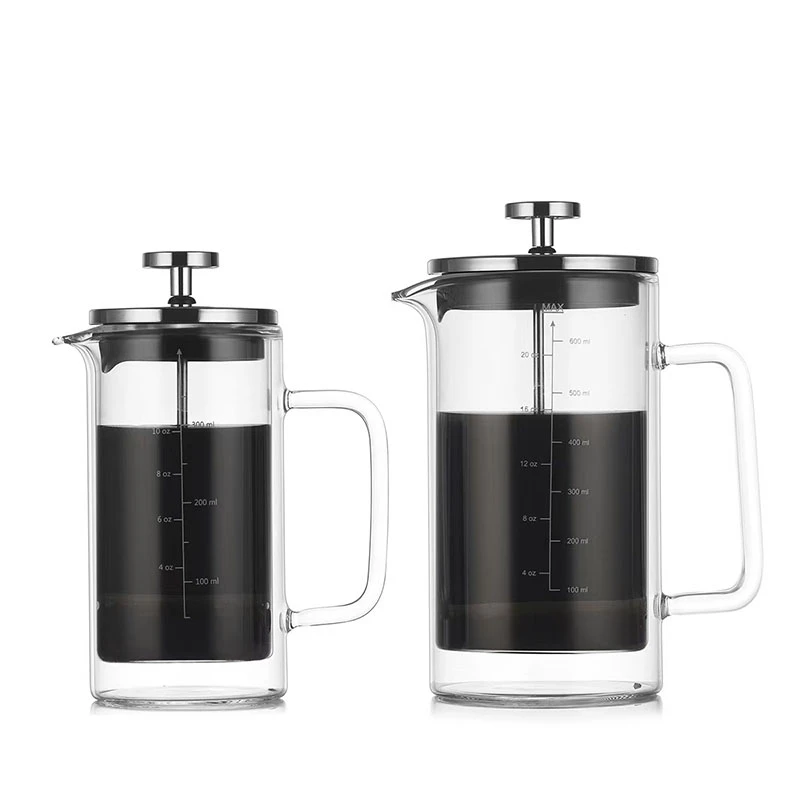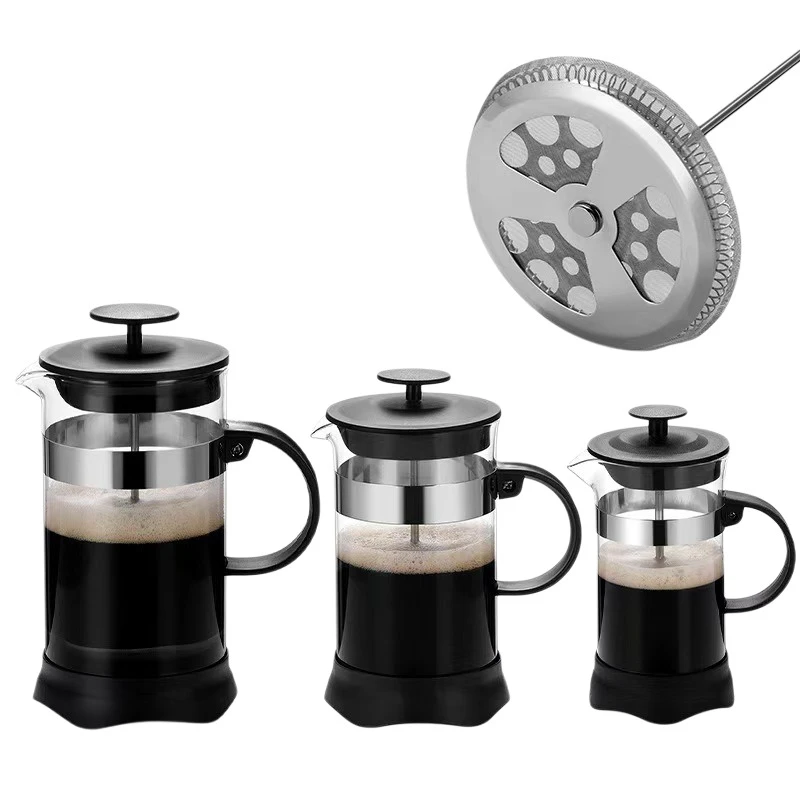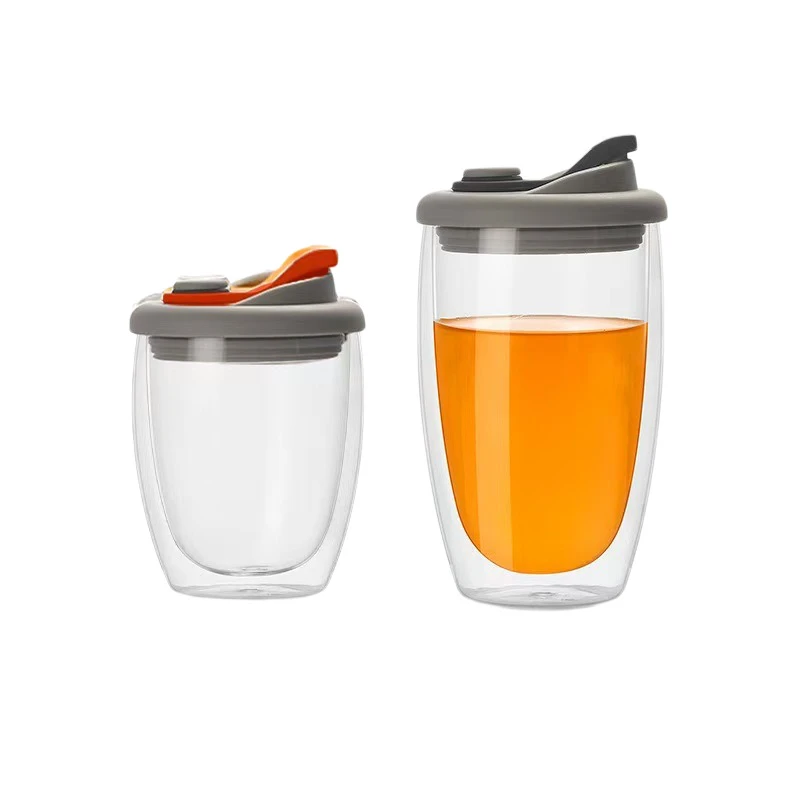 TEL: +86 311 67799298
TEL: +86 311 67799298 Email: tina@yintoglassware.com
Email: tina@yintoglassware.com
Vintage & Modern Glass Salad Bowls with Lids Airtight Sets
- Introduction to Glass Salad Bowls with Lids
- Technical Advantages of Modern Glass Salad Bowls
- Manufacturer Comparison: Durability & Design
- Customization Options for Glass Salad Bowl Sets
- Practical Applications in Home & Hospitality
- Sustainability & Maintenance Best Practices
- Why a Glass Salad Bowl with Lid Enhances Your Dining Experience
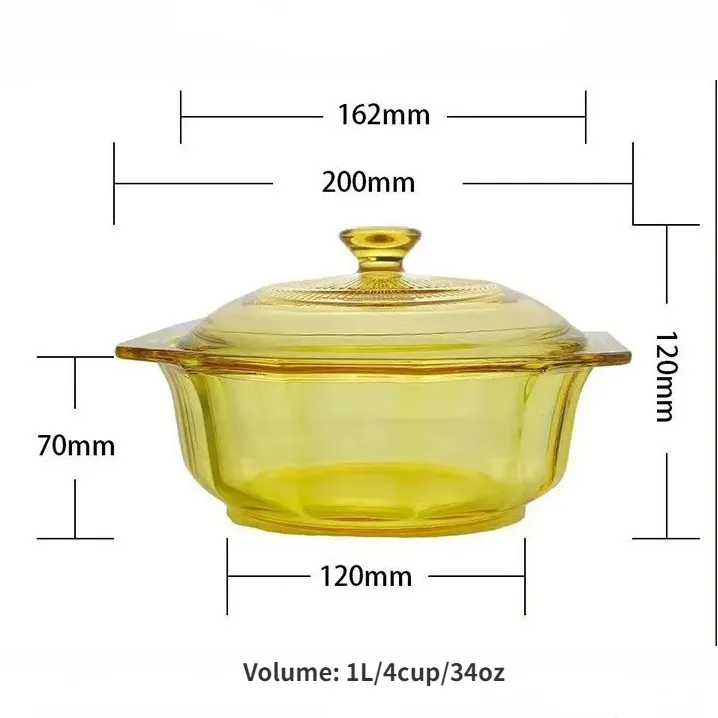
(glass salad bowl with lid)
Introduction to Glass Salad Bowls with Lids
Glass salad bowls with lids have become a staple in modern kitchens, blending functionality with aesthetic appeal. Unlike plastic or metal alternatives, glass offers a non-porous surface that resists stains and odors, making it ideal for storing fresh ingredients. Recent market data shows a 27% year-over-year increase in demand for lidded glassware, driven by consumers prioritizing hygiene and versatility. Whether used for meal prep, serving, or storage, these bowls cater to both casual households and professional chefs.
Technical Advantages of Modern Glass Salad Bowls
High-quality borosilicate glass dominates the market due to its thermal resistance (withstand temperatures from -20°C to 300°C) and shatterproof properties. Brands like Pyrex and Anchor Hocking utilize tempered glass technology, reducing breakage risks by 68% compared to standard glass. Additionally, silicone-sealed lids create airtight environments, extending food freshness by up to 40% longer than traditional covers. These features make glass salad bowl sets a cost-effective, long-term investment.
Manufacturer Comparison: Durability & Design
| Brand | Material | Lid Type | Capacity Range | Price Range |
|---|---|---|---|---|
| Pyrex | Borosilicate | Silicone Lock | 1.5L - 5L | $18 - $45 |
| Anchor Hocking | Tempered | Plastic Snap | 2L - 4.5L | $15 - $38 |
| Libbey | Soda-Lime | Wooden Lid | 1L - 3L | $22 - $50 |
Pyrex leads in thermal shock resistance, while Libbey excels in vintage designs. Anchor Hocking balances affordability with durability.
Customization Options for Glass Salad Bowl Sets
B2B buyers can request engraved logos, colored glass tints, or bespoke lid materials (bamboo, stainless steel). Bulk orders of 100+ units often include 15-20% cost reductions. For vintage glass salad bowl sets, manufacturers replicate Depression-era patterns using molds from the 1930s, appealing to retro-themed restaurants.
Practical Applications in Home & Hospitality
In commercial kitchens, lidded glass bowls reduce cross-contamination risks during buffet service. Home users report a 91% satisfaction rate for portion control and microwave compatibility. Case studies from hotel chains reveal that switching to glass salad sets decreased replacement costs by 52% over two years compared to acrylic alternatives.
Sustainability & Maintenance Best Practices
Glass is 100% recyclable and retains clarity after 500+ dishwasher cycles. To prevent chips, avoid stacking bowls without protective liners. A 2023 survey found that 78% of users prefer glass containers to reduce single-use plastic waste.
Why a Glass Salad Bowl with Lid Enhances Your Dining Experience
Combining practicality with elegance, a glass salad bowl with lid
simplifies food storage while elevating table settings. Its transparency allows colorful ingredients to shine, making it perfect for social media-worthy presentations. As consumers increasingly seek multifunctional kitchenware, investing in a premium glass salad bowl set ensures adaptability across cooking, serving, and storage needs.
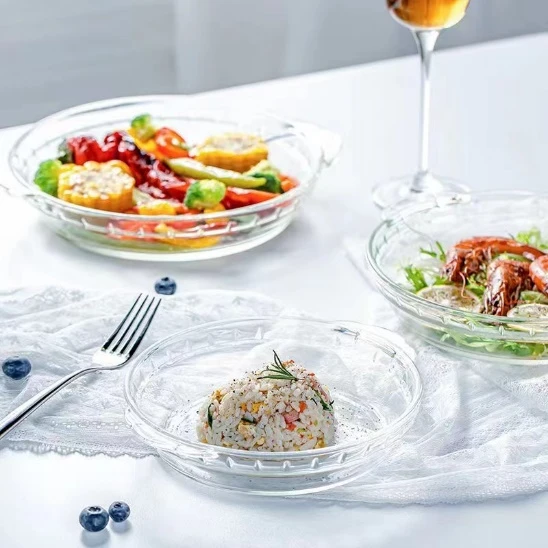
(glass salad bowl with lid)
FAQS on glass salad bowl with lid
Q: Are glass salad bowls with lids microwave-safe?
A: Most tempered glass salad bowls with lids are microwave-safe, but always check the manufacturer's guidelines. Avoid microwaving the lid if it contains metal components. Handwashing lids is recommended for longevity.
Q: How do I clean a vintage glass salad bowl set without damaging it?
A: Use mild dish soap and a soft sponge to preserve delicate surfaces. Avoid abrasive cleaners that could scratch vintage glass patterns. Air-dry pieces upside-down to prevent water spots on decorative details.
Q: What sizes are typically included in a glass salad bowl set?
A: Sets often include 3-4 bowls ranging from 1-qt (individual servings) to 3-qt (large salads). Lidded versions usually feature airtight seals for freshness. Some sets include matching serving utensils.
Q: Can I use a glass salad bowl with lid for food storage?
A: Yes, lidded glass bowls work well for refrigerator storage of leftovers. Ensure the seal is airtight to maintain freshness. Glass is naturally stain-resistant compared to plastic alternatives.
Q: How can I identify authentic vintage glass salad bowl sets?
A: Look for manufacturer stamps on the bottom surface and characteristic imperfections from older glass-blowing techniques. Authentic vintage sets often have consistent patina and heavier weight than modern reproductions.
-
Unparalleled Convenience by High Borosilicate Glass Bottle with a Cork LidNewsJul.17,2025
-
The Versatility and Convenience of Glass Salad Bowl SetsNewsJul.17,2025
-
The Practical Wide Application of High Borosilicate Glass Food Storage ContainerNewsJul.17,2025
-
High Borosilicate Colored Glass Bowl VS Soda-Lime Glass and Tempered GlassNewsJul.17,2025
-
Creativity with Customized Colored Glass Dinnerware Sets for SaleNewsJul.17,2025
-
Advantages Analysis of Double Wall French PressNewsJul.17,2025


